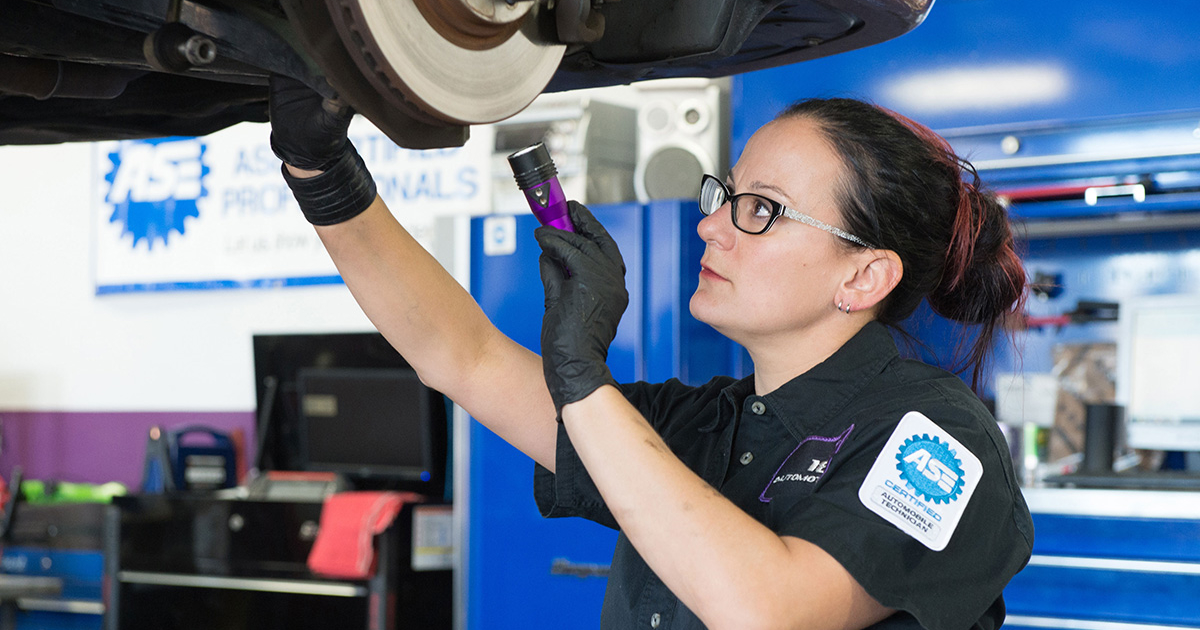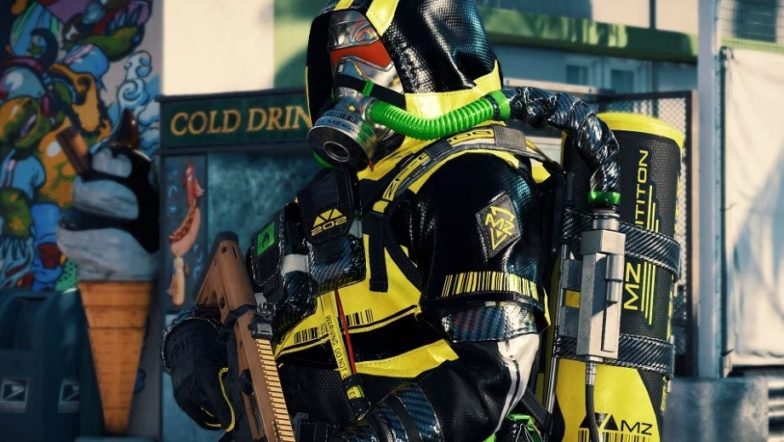As the National Institute for Automotive Service Excellence celebrates five decades of certifying auto mechanics and upholding high standards for automotive service and repair, it’s a good time to look back on why the venerable organization was formed in the first place.
Long story short, back in the late 1960s and early 1970s the reputations of auto-dealer service departments and independent mechanics were in need of repair.
In fact, amidst a growing trend toward consumer protection in many areas, Congress held hearings about the poor quality of car repairs, the incompetence of mechanics and the prevalence of consumer rip-offs. It was such a hot-button issue the auto industry feared Congress would decide government intervention was the only solution, explains Trish Serratore, senior vice president of ASE.
But the National Automobile Dealers Association and the now-defunct Motor Vehicle Manufacturers Association (known as the American Automobile Manufacturers Association in its later years) had a better idea — industry self-governance.
And so ASE was born in 1972 as a nonprofit organization, says Serratore, who’s been with the group for 34 years.
“The industry got involved at the OEM and dealer levels,” she adds. “Congressional hearings were leading toward government regulations. But the industry felt it could handle the situation in a better way than through government regulation and licensure of our industry.”
As such, both organizations funded a study and came up with ASE certifications, which assure consumers the technicians servicing their vehicles have the proper training, knowledge and credentials to competently do so.
Evolving certification tests
Five decades later, ASE’s mission hasn’t changed. But the scope of its testing and certifications certainly has evolved, Serratore notes.
Initially, ASE offered just four automotive certification tests — engine, fuel, ignition and exhaust systems; transmissions, axles and drivelines; wheels and steering, suspension and brake systems; and electrical and air conditioning systems.
Today the organization offers 58 certification tests in 18 different service categories, including automobile and light trucks, damage analysis and estimating, advanced engine performance, transit and school buses, and medium- and heavy-duty trucks.
Technicians who pass the series of tests offered in each category earn a “master” designation.
In addition, tests have evolved from old-fashioned pencil-and-paper, fill-in-the-dot forms to computer-based testing platforms online.
“Technicians used to go to community colleges to take the certification tests,” Serratore says. “Now they take them at computer test centers that provide scores right away.”
Another sign of the times: Starting in 2018, the group offered technicians an ASE renewal app that helps them track their certifications, as well as earn one-year extensions of a particular certification by taking online quizzes.
To date, 11,000 technicians have subscribed to the app, according to the group.
ASE doesn’t write the test questions. Instead, it relies on input from a panel of veteran industry professionals that includes subject-matter experts, OEM representatives, working technicians, service managers, aftermarket manufacturers and repair shop owners. Subject-matter experts then write the questions, Serratore says.
Tests reflect new technologies
Certifications are valid for five years. After that, technicians must take a series of recertification tests similar to the initial test but shorter and more difficult, Serratore explains.
Questions get revamped as frequently as new technology demands it. A test for advanced-level engine performance, for instance, gets evaluated every year. But a test for braking systems might be reviewed only every two or three years because the technology doesn’t change that much.
“We continuously interact with the subject-matter expert folks to ensure we keep up with new technology,” Serratore says.
The emergence of electric vehicles portends significant additions to the list of ASE certifications. The group already offers a certification test for light-duty hybrid and electric vehicles and is developing another for electric vehicle safety assessments.
“We want to certify their knowledge about safety requirements for servicing EVs,” Serratore told Fixed Ops Journal. “We’re looking at three tiers of assessment — overall safety assessment for anyone in a dealership that works around high-voltage vehicles, safety requirements for technicians that work on EVs and battery-pack diagnosis, servicing, removal, recycling and so forth.”
ASE recently introduced a certification test for advanced driver-assistance systems.
“There’s always something new to tackle,” Serratore says.
ASE has delivered more than 2 million certification tests since 1972, an average of 100,000 tests a year. That’s something the organization is very proud of, Serratore says.
She also is gratified ASE has remained strong and vibrant long enough to require 50 candles on its birthday cake.
“It’s pretty rare for an industry organization to last this long,” Serratore points out. “The reason for ASE’s longevity is the amazing and continued long-term support from service professionals that value ASE certification. That says as much about the industry as it does about ASE.
“Obtaining ASE certification still is a source of pride for technicians and a great way to recognize individuals working in our industry.”
Serratore credits automakers for supporting the program, for encouraging technicians to get their certifications and proudly display the organization’s distinctive ASE patch on their work uniforms.
“As a nonprofit group, we don’t have a lot of money to promote ASE certification,” she says. “But all of our OEM partners support ASE certification in some way, shape or form — either as a hiring credential or to provide recognition in their technician programs.
“There are a lot of young people coming through the doors now,” Serratore adds, “so we always appreciate whatever additional support we can get. It’s challenging to convince young technicians about the value of certification, so we always encourage them to be the best they can be in their careers, as well as continue to push the value and relevance of what we do for the automotive industry.”
Looking ahead, is it possible another half- century is in the works for ASE?
“Absolutely,” says Serratore. “We’re just getting started. We’re going to be here for a long time.”







Write a comment
Your email address will not be published. Required fields are marked *